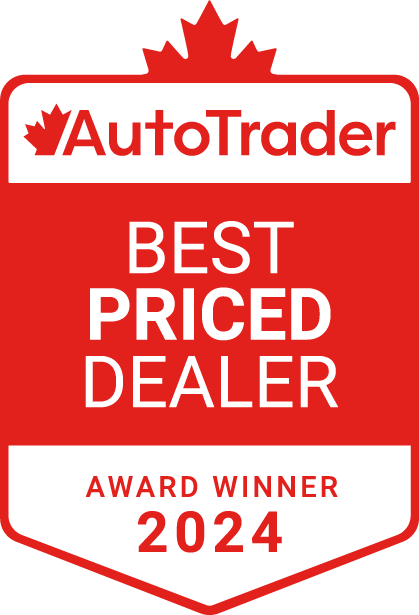3 Steps to Buying the Right Used Car
3 Steps to Buying the Right Used Car
Posted on February 2, 2017
Buying a used car can feel a lot like gambling. It can either work out, or go terribly wrong. Despite this risk, most people would still opt for a used car over a new one. The depreciation on a new car is simply too fast and too large to ignore. At least with a used car, you have a general idea of it’s worth at any given time.
There’s a way to minimize the risk that comes with buying a used car. Follow this simple three-step guide to reap the full benefits of purchasing the right used car for you.
- Figure out what you need
Deciding on the model and type of car is your first step. This decision should be based on your lifestyle and the main way the vehicle will be used. For example, if you love to go on long camping or fishing trips, you’ will want a car that can do well on off-road conditions.
The next thing to figure out is your budget. While you may want a certain brand of bar, you’ll need to ask yourself if it’s worth it if the cost is too high and there’s a perfectly good alternative. Remember, there are also other costs associated with car ownership such as, licensing fees, taxes and plates. Try to keep 20% of your budget aside for these costs.
- Start looking in the right places
Newspapers, magazines, classifieds, websites and car dealer websites are the best sources of information to find the car you want. This research will also help you get an idea of the market value of the models and brands of used cars that you want. Even if what you want isn’t immediately available, you may find a suitable alternative.
When it comes to contacting an agent, it’s best if you visit a dealership instead of a private car seller. Here’s why:
| Private Seller | Dealership | |
| Reliability | A private seller can say anything about the vehicle to convince you to buy it. | Binding legal and industry regulations keep dealerships honest. |
| Choice | If a private seller doesn’t have what you want, that’s it. | You can choose from a wide range of cars available for sale |
| Condition | There isn’t much to go on about the condition of the vehicle other than the seller’s word. | Legal and industry regulations ensure that vehicles are cleaned and checked for safety before a sale can be made. |
| Manufacturer history of the vehicle | Not available. | Complete manufacturer history and even warranties are available. |
| Safety history of vehicle | Not available. | Dealerships can provide an independent report with a thorough history of the vehicle |
- Investigate the Car
Once you have accomplished the proceeding steps, it’s time to get in touch with the seller/dealership and investigate the car.
Remember to check both the outside and inside of the car for damage. Next, check its history and other documents before taking it out for a test drive.
After the drive, if you make up your mind to buy this car, re-check its paperwork. For legal transfer of the vehicle, Used Vehicle Information Package (UVIP), Safety Standards Certificate and Ontario Drive Clean Emissions Test are papers need to all pass and be handed over. Make sure you have them before taking the car home.
Taxes on Used Vehicles
Car buyers are required to pay taxes on their used car purchase. In Ontario, this RST (Retail Sales Tax) is at 13%. The total cost is derived from the vehicle’s wholesale value or its purchase price. For a vehicle 20 years or older, there might be a need for an appraisal. Further Information is available at the Ministry of Finance.
Sales taxes are exempted if the car is a gift to a close family member.
The Ontario Motor Vehicle Industry Council (OMVIC) has a comprehensive guide for prospective car owners, called Road to Buying a Car in Toronto.
We hope this was enough to get you started on your journey towards buying a used car. Drive safe and enjoy your rides!

